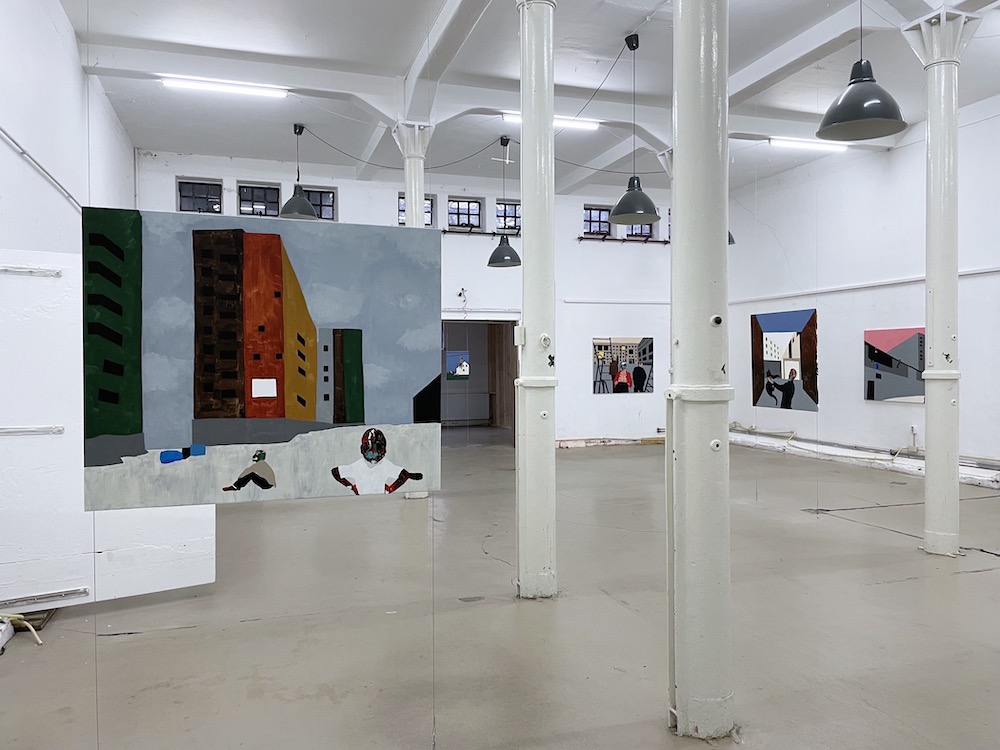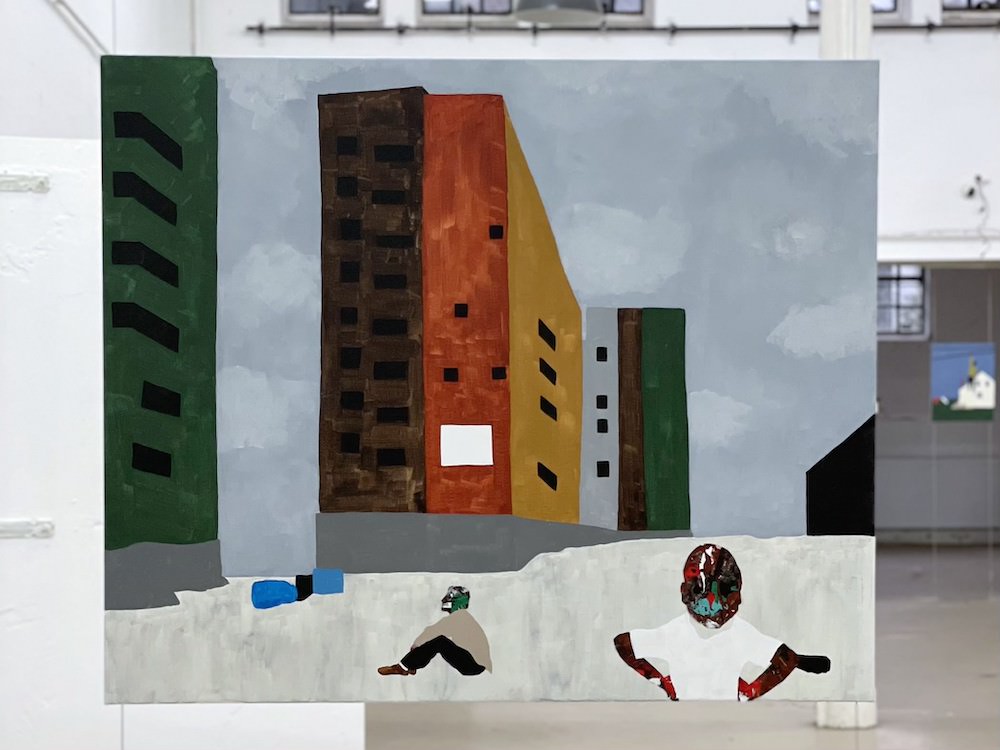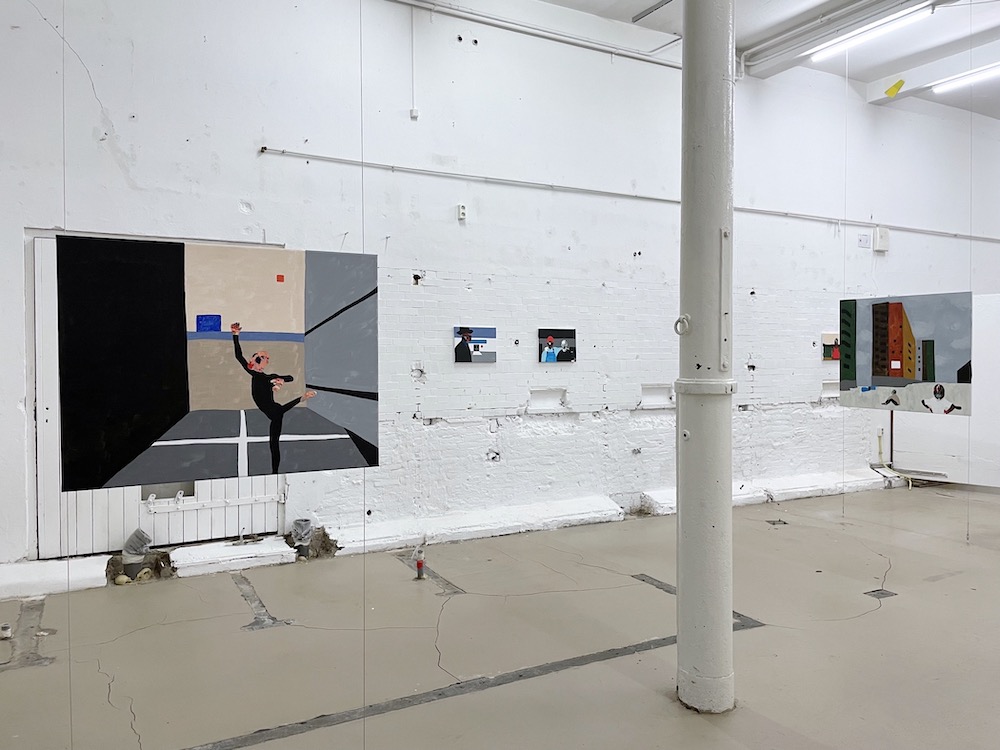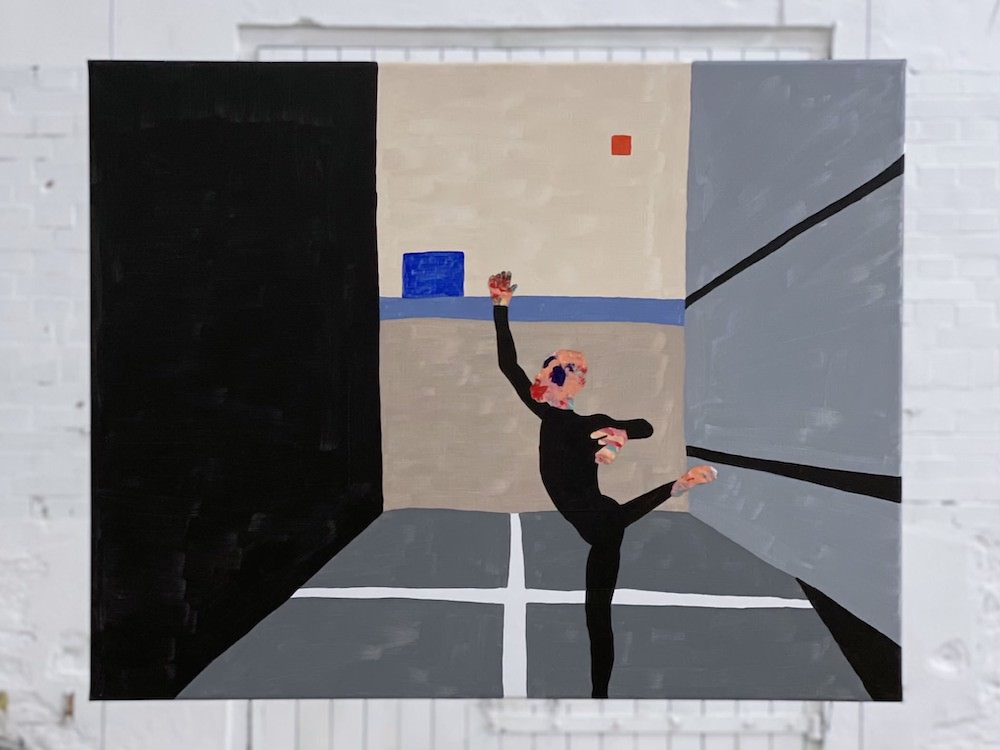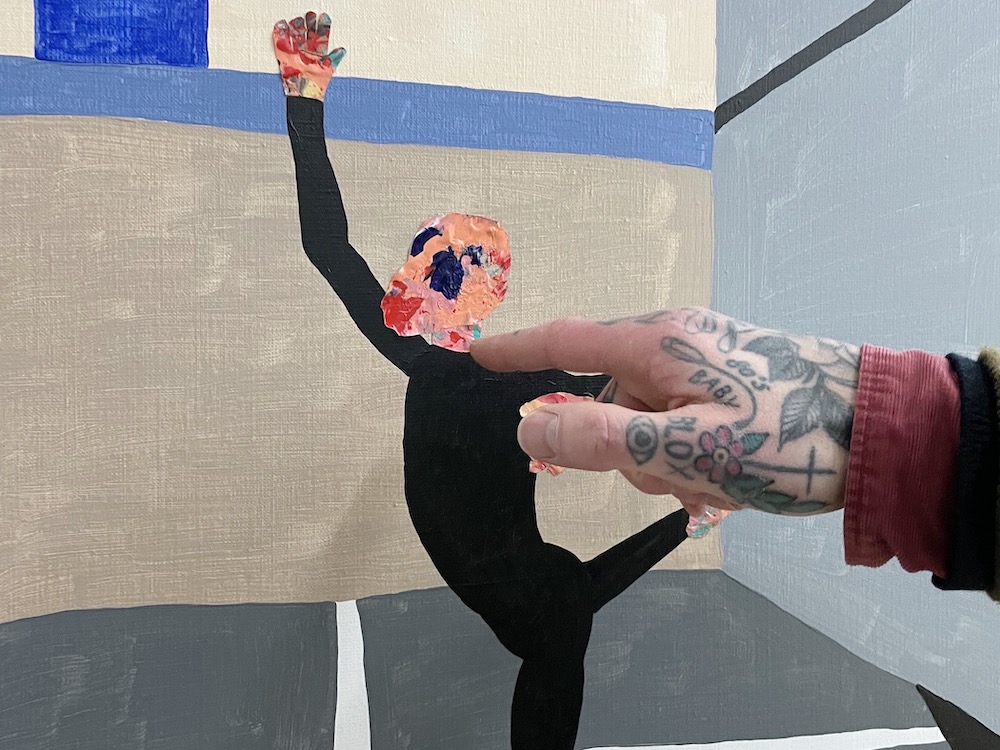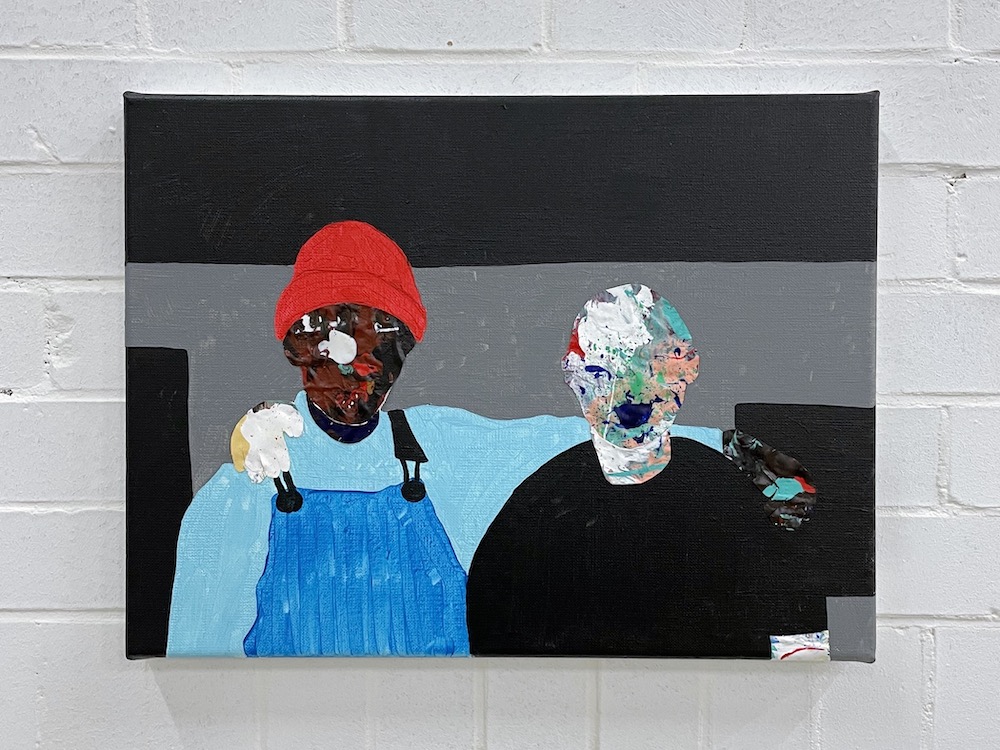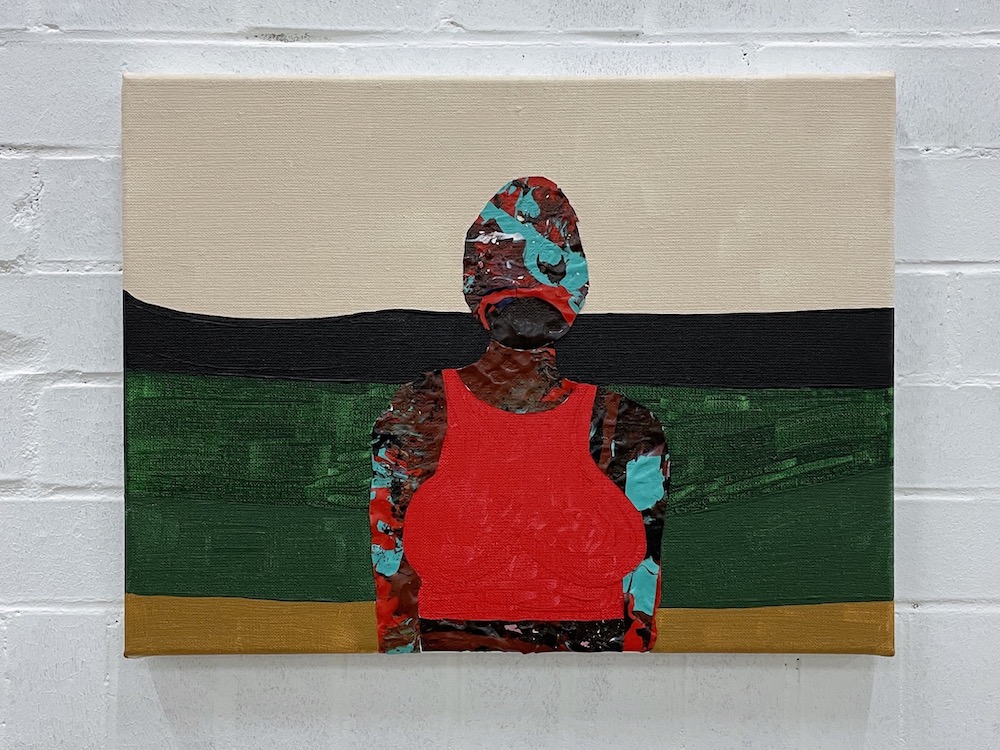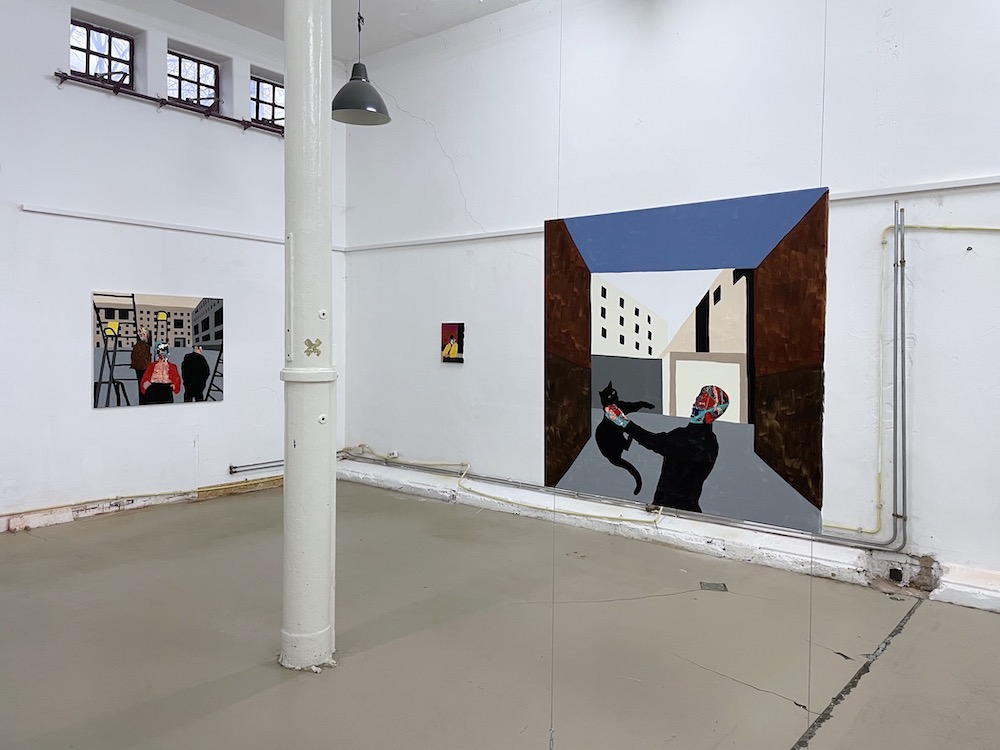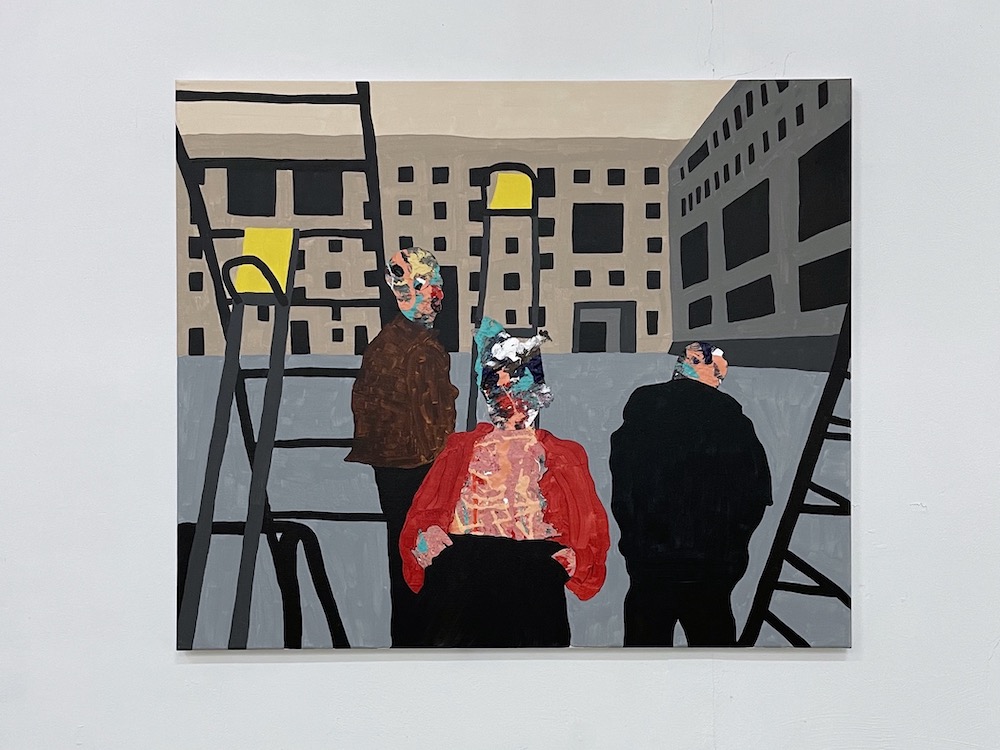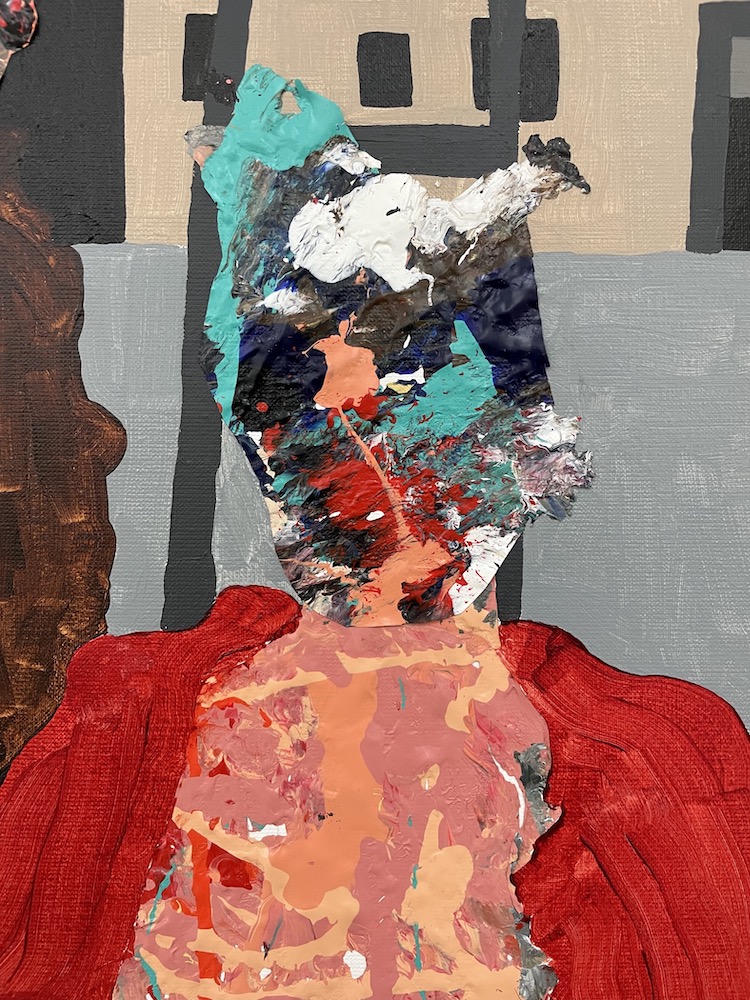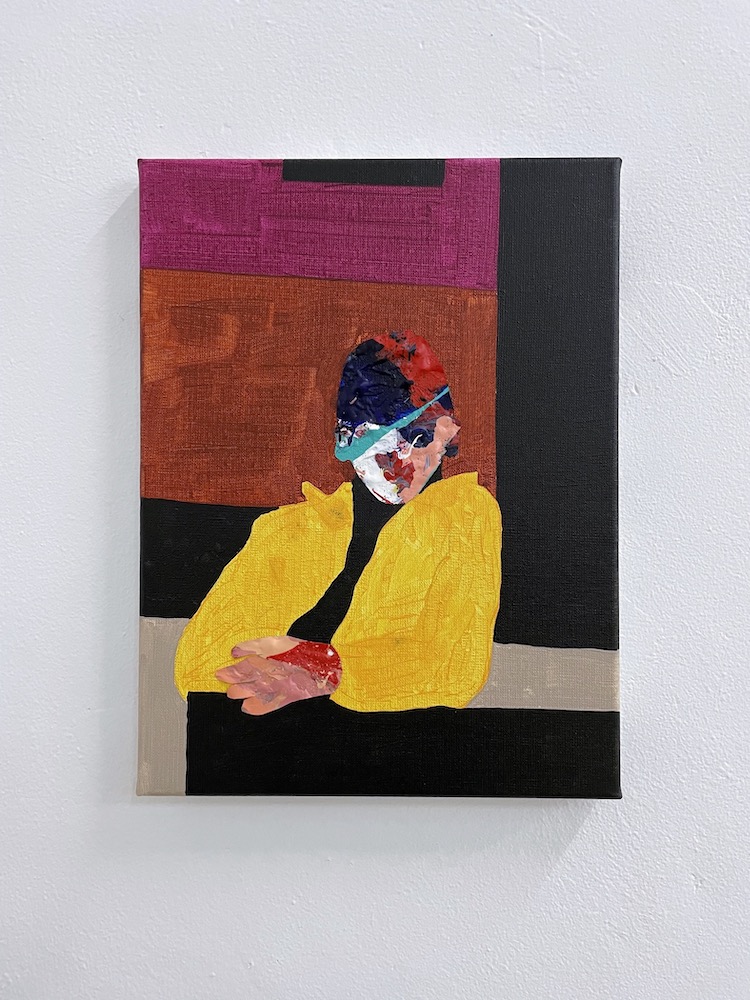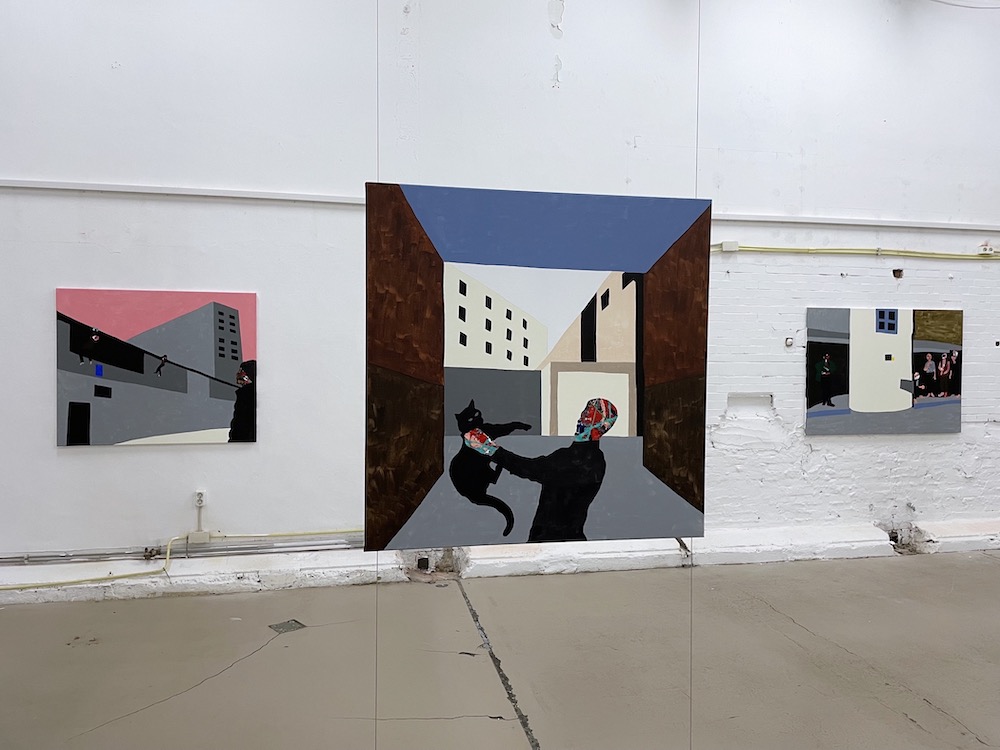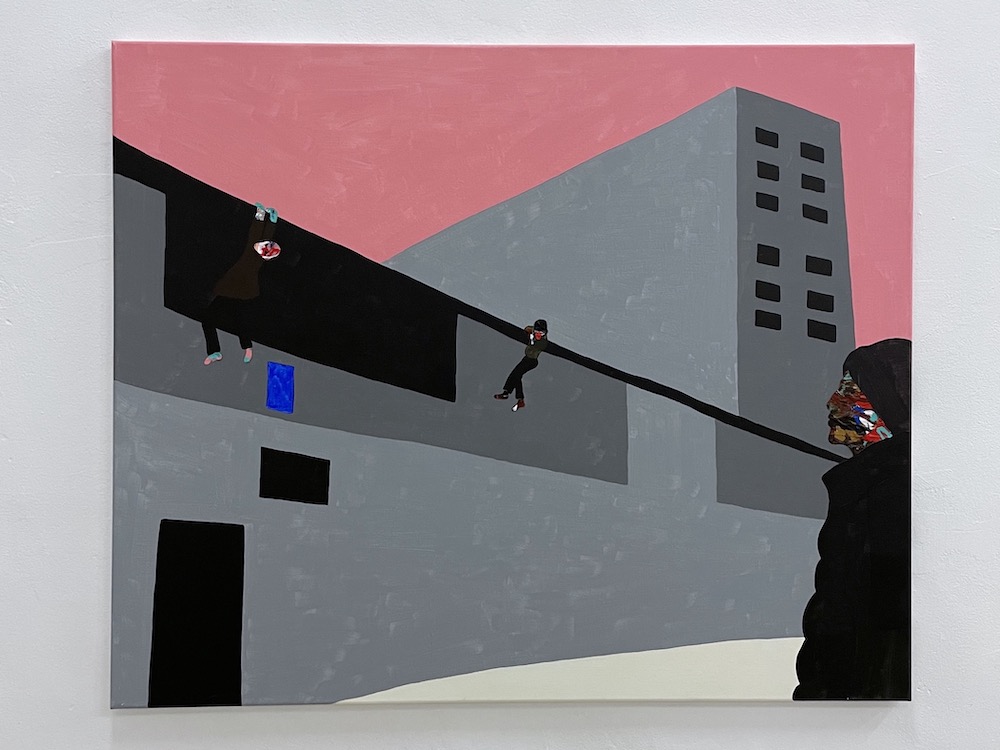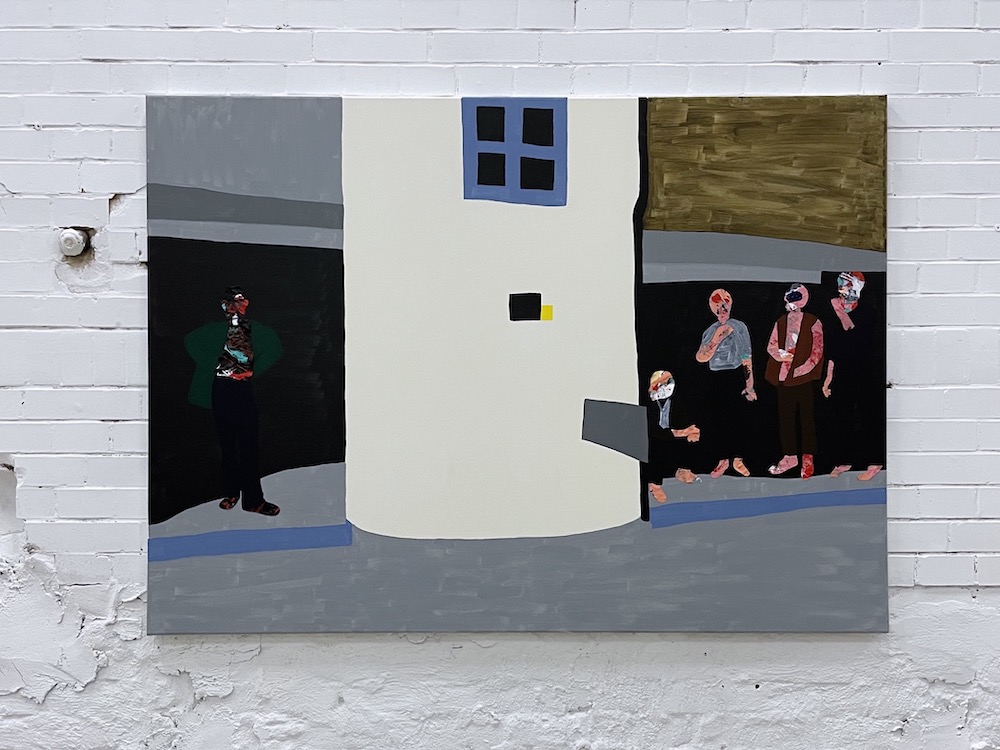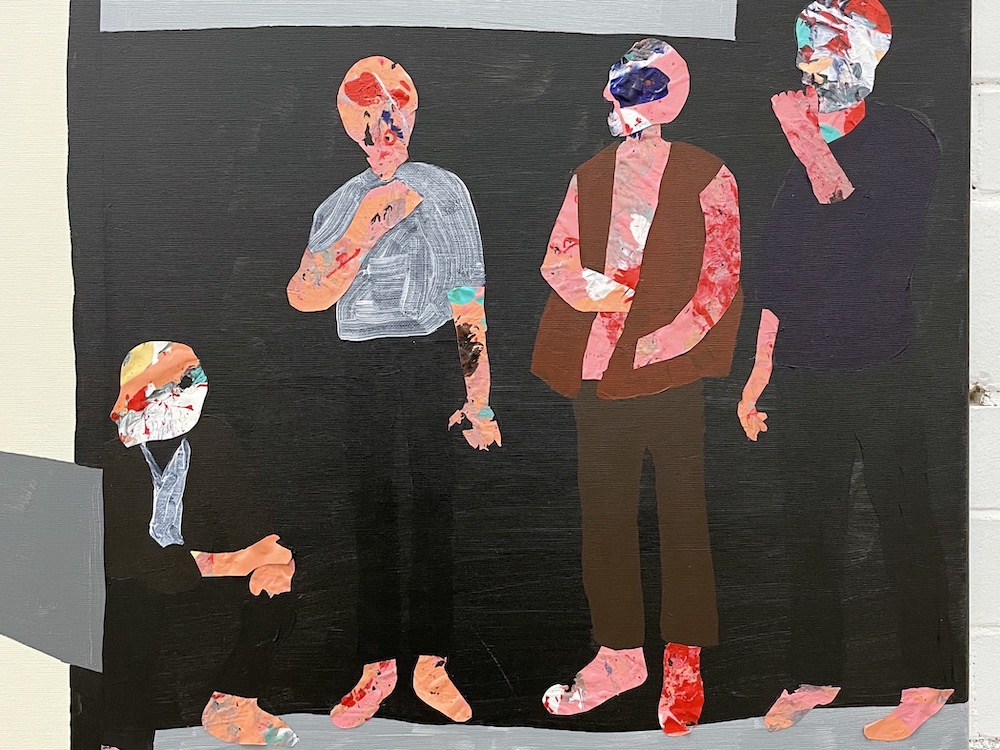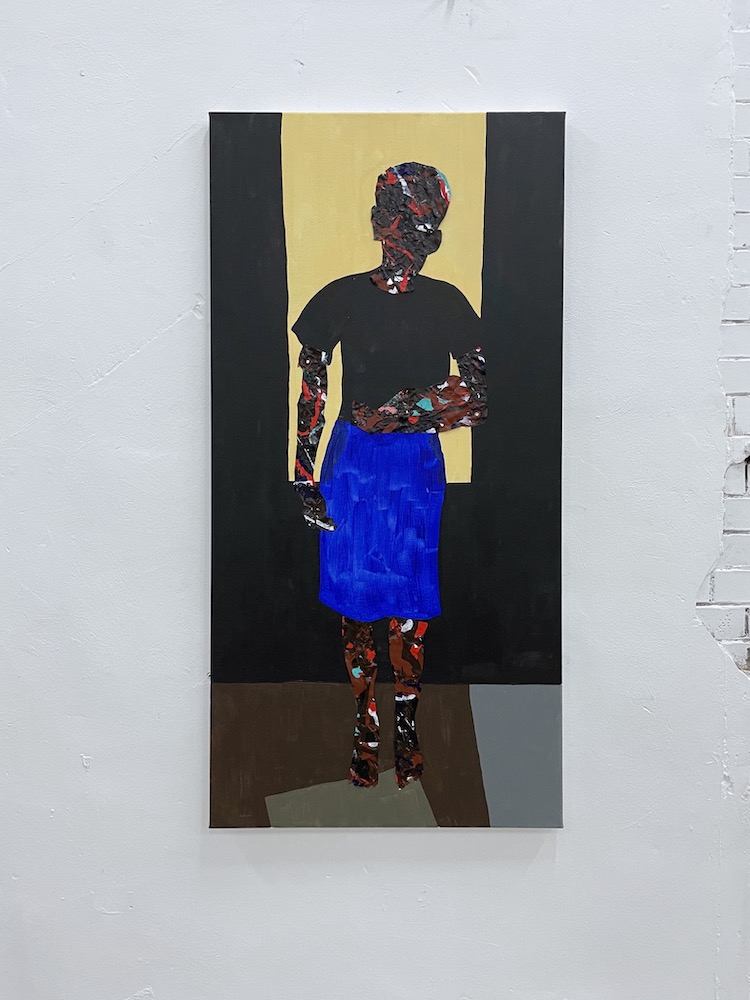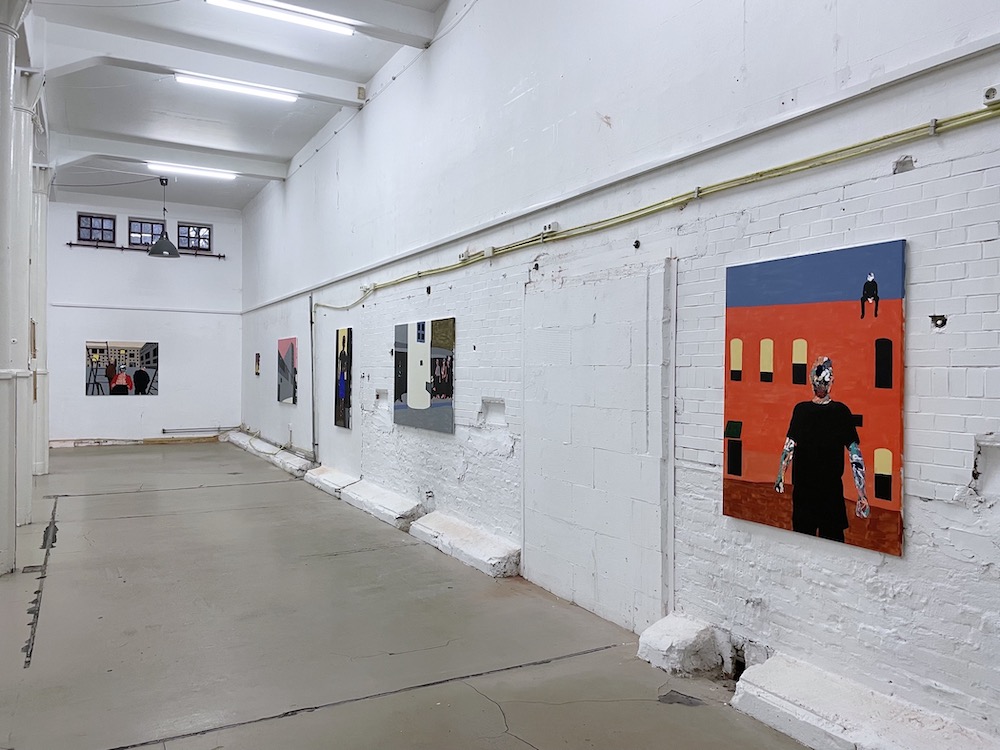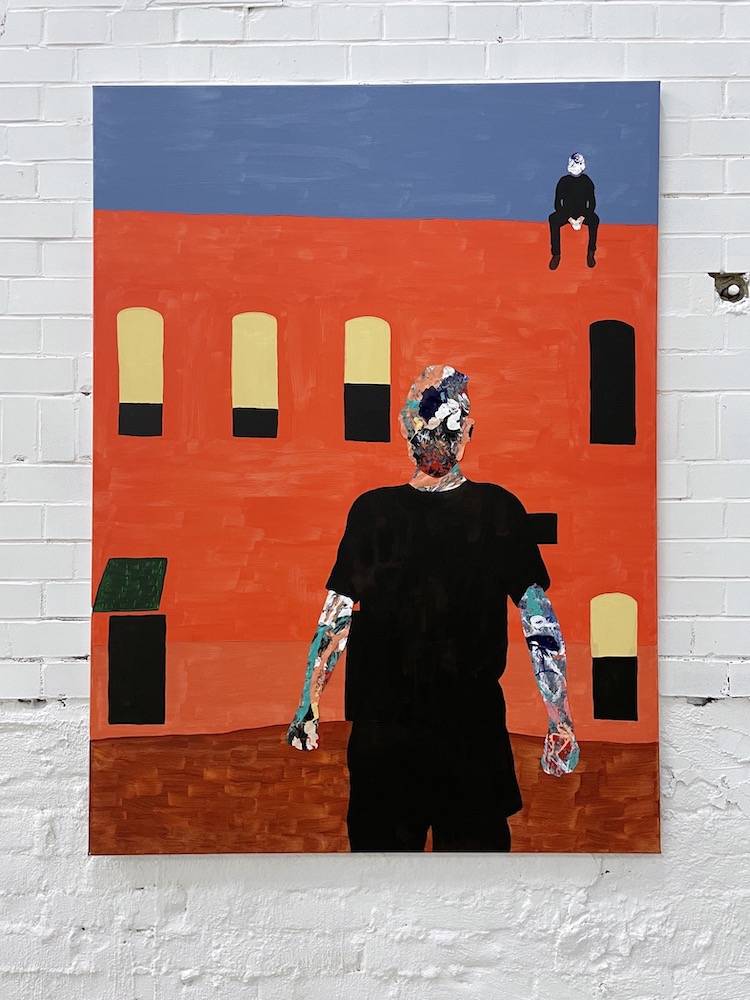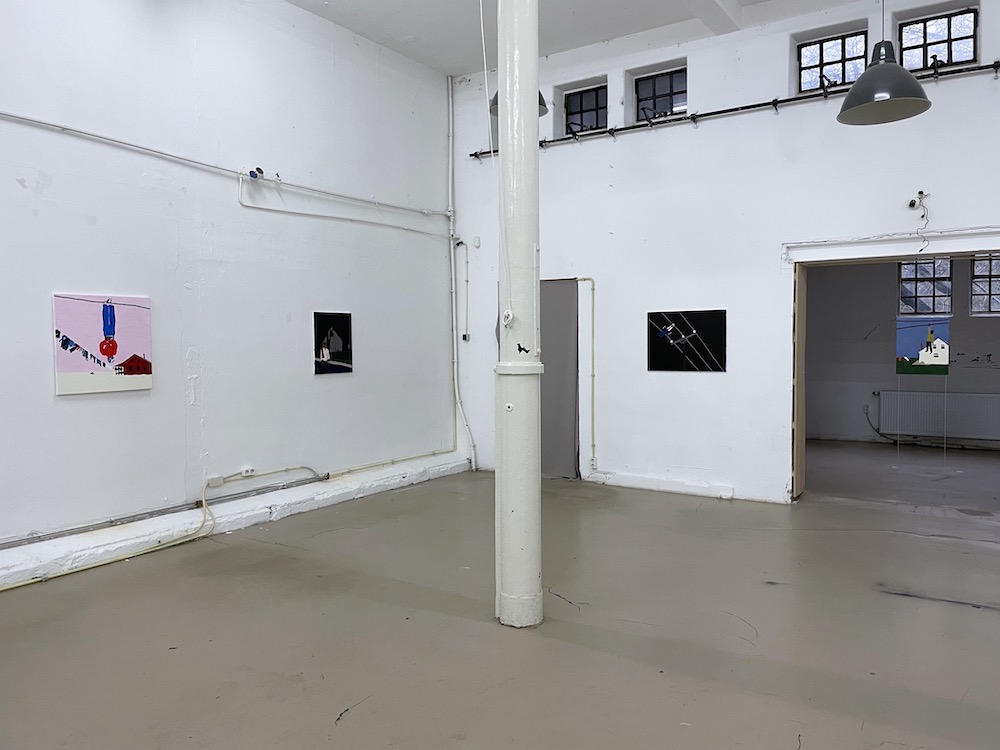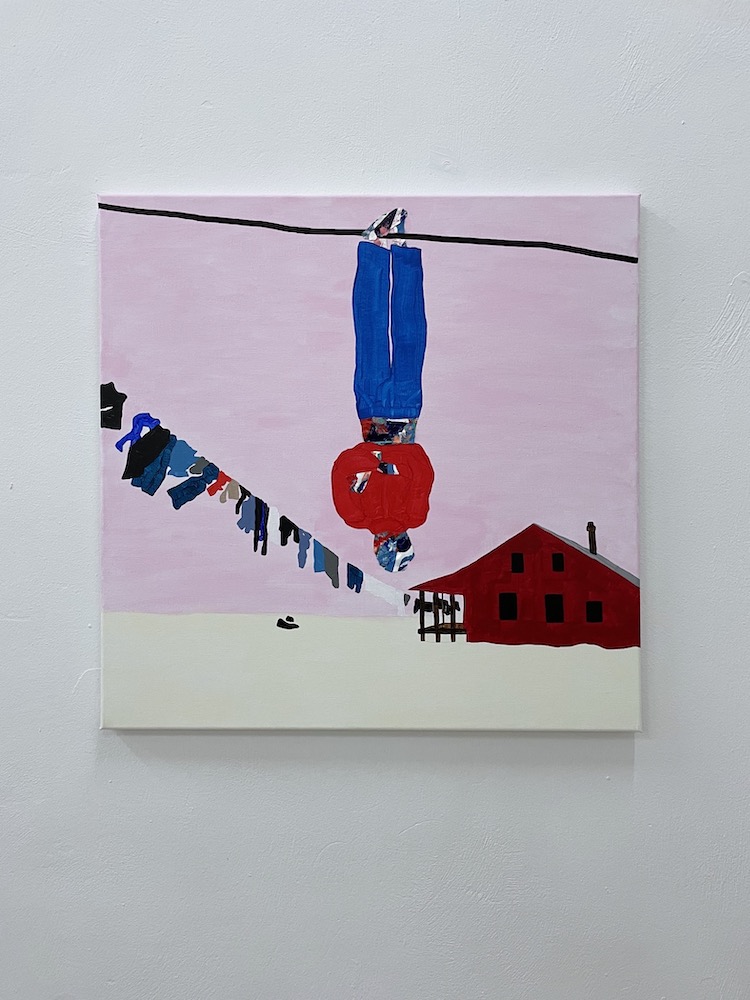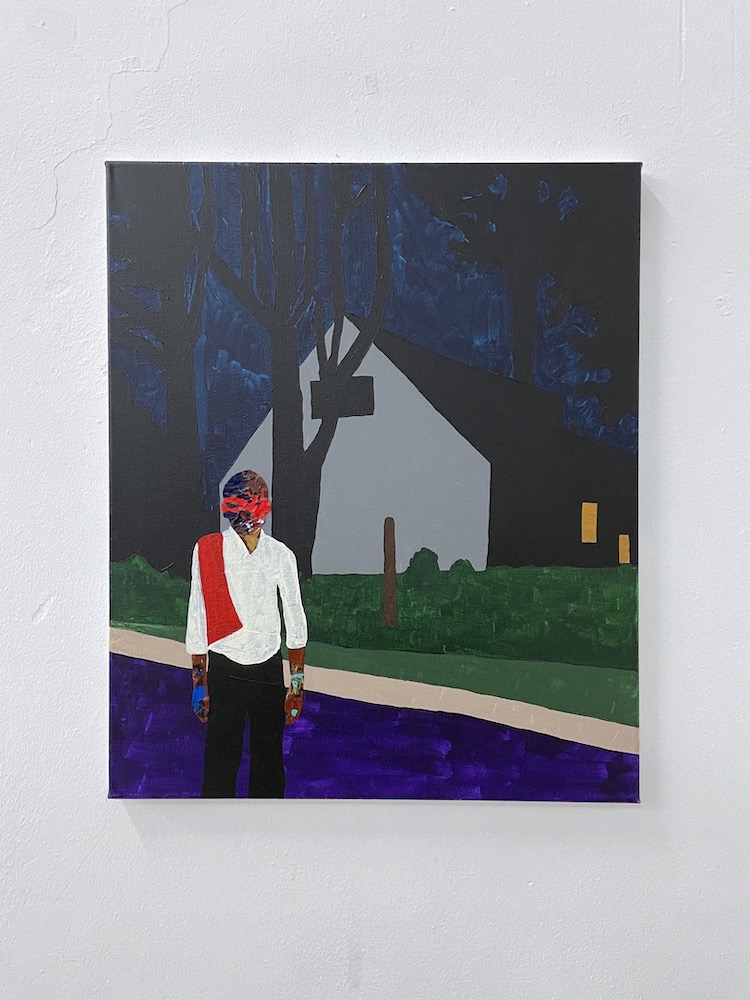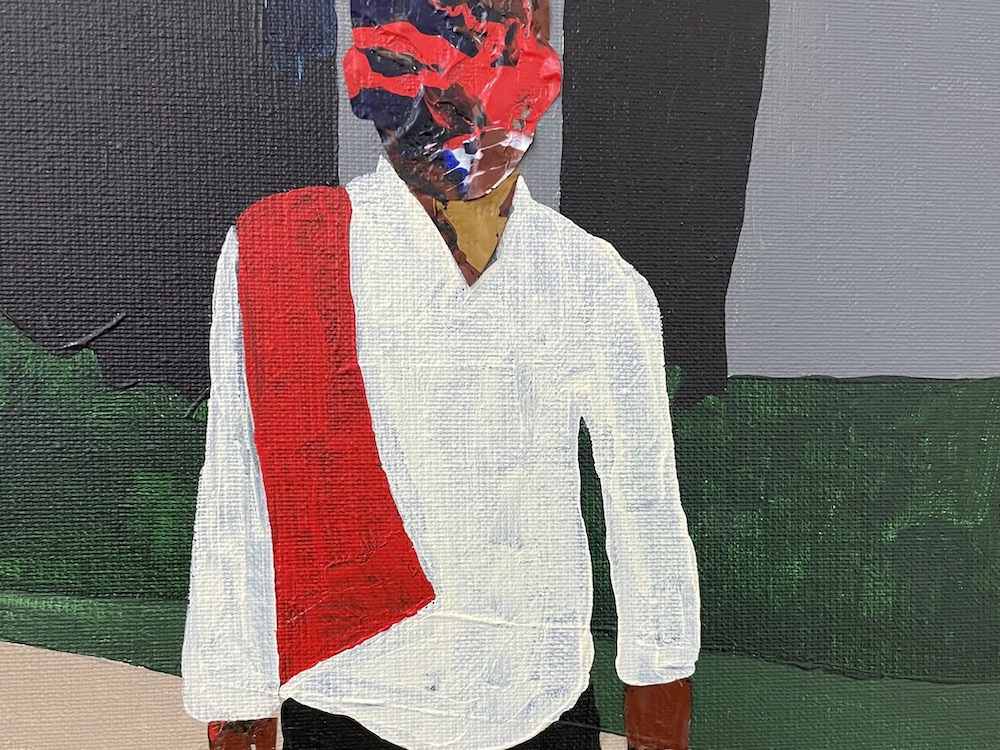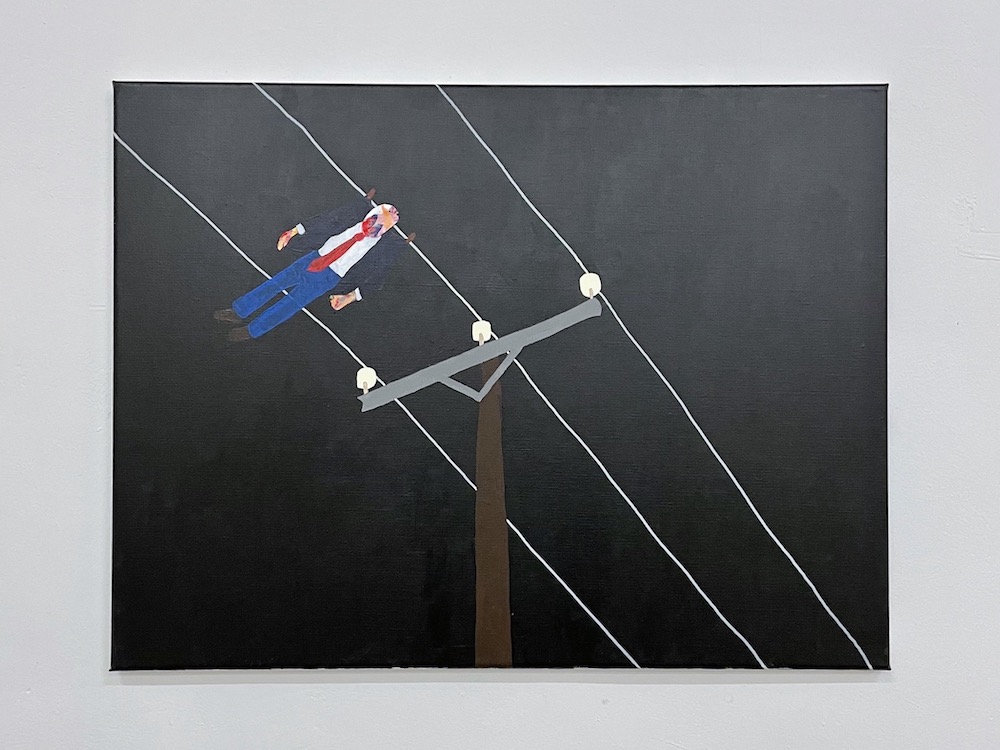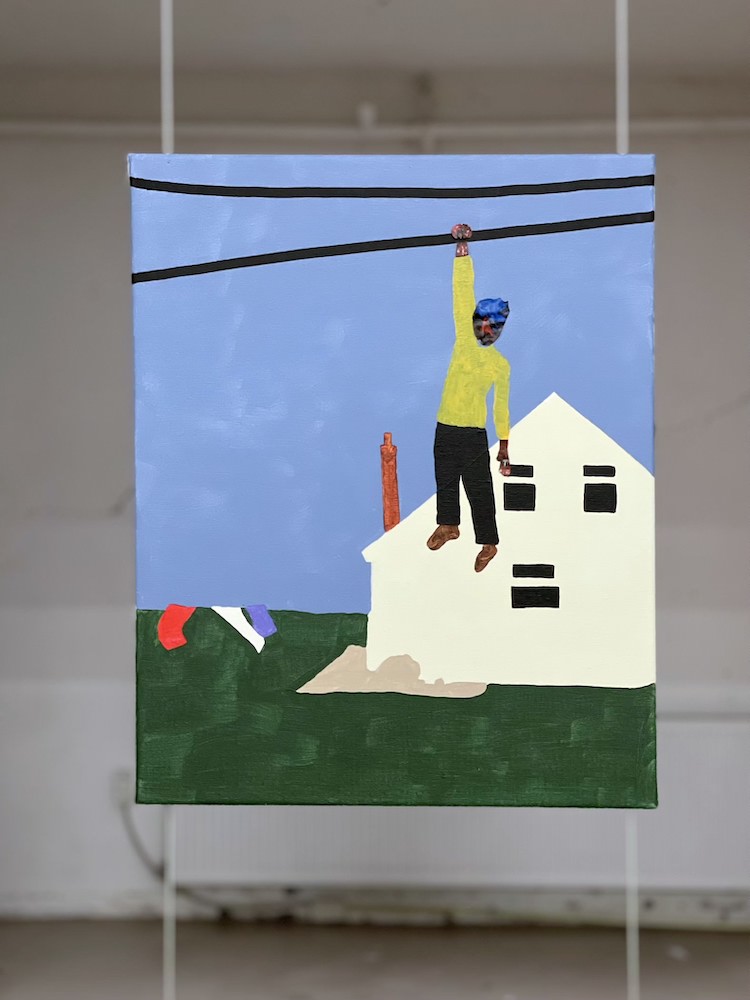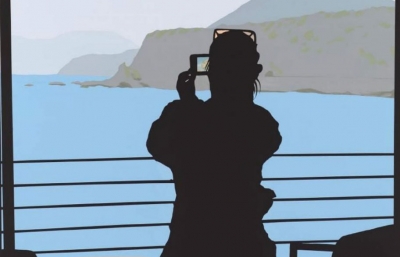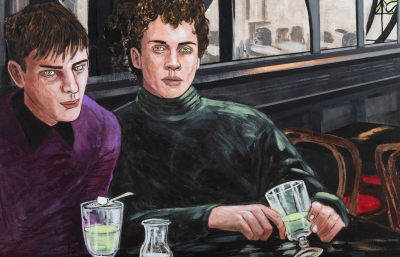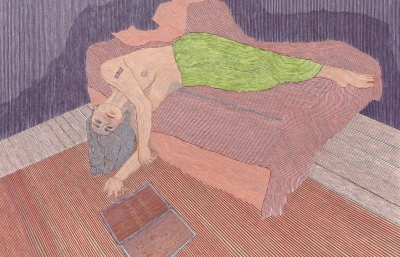It's always interesting to see accomplished creatives venturing into new grounds and reinventing themselves, and this seems to be the case with Vincent van de Waal whose self-produced solo exhibition is on view in Amsterdam until the end of this week at Atelier Artplaats. Always A Part Of Me is introducing a new body of work that a renowned illustrator, artist, and designer and creative director at Patta clothing had been developing in the past two years.
With a wide range of influences and experiences, van de Waal approached painting in an experimental manner, curious and eager to explore the new qualities it provided. As one of the co-owners of the iconic streetwear brand Patta, the Amsterdam-based artist graduated in 2006 from The Gerrit Rietveld Academie as a graphic designer and has been actively working with illustration, design, and creative direction. His painterly practice originally developed as a way to reclaim his artistic freedom and work with deeper subjects than the ones he used in his designs. Over time, it became an important part of his output and transformed into a new and highly recognizable visual language. Formulated by the artist with the help of Patta co-founder Guillaume Schmidt and curator Gabriel Rolt, Always A Part Of Me features some 20-ish new paintings in which van de Waal stepped away from the rendition of all the elements, creating more ambiguous and therefore engaging scenes.
Mixing his interest in fashion, ability to capture and suggest attitude and confidence, and always successfully employ the ambiguous yet crucial element of "freshness" to his work, van de Waal's paintings are filled with clues of questionable trustworthiness. Placed in grand, widely open, and noticeably desolated urban environments which are painted in overly reduced, flat style, the protagonists are depicted using an unconventional technique through which the artist found the way to let go of the full control in his process. Used to working with illustration and design where each decision is crucial, in these paintings he is using sections of spilled acrylics which are collaged back onto the canvas as a way to suggest expressions, accessories, or facial features. FInding the particular sections which might, or not, suggest some crucial details, he is putting himself in the position of the messenger rather than the author while attributing his subjects with a more complex personality. By blending the obviously graphic background elements with these essentially abstract sections, van de Waal creates a visual tension that complements the depicted in-between moments. Suspended in time and space (on the canvas surface as well as within the install in the exhibition space), the clues to these intense aftermaths or preludes of clearly important events, in the end, lay in these highly obscure and subjectively variable sections.v
Photo sand text by Saša Bogojev

